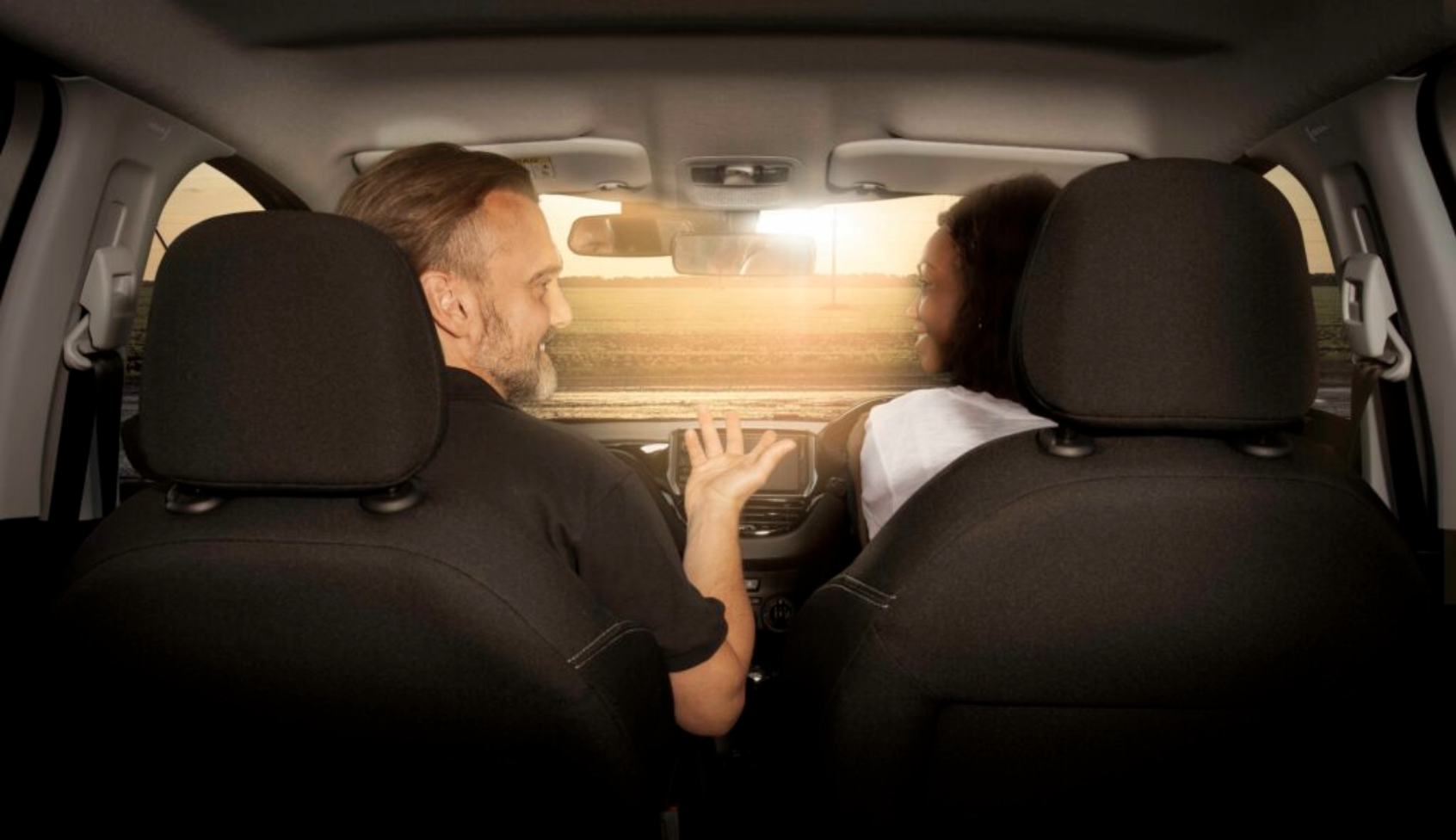Everything You Need to Know with BSM
Road signals

Road signals: Need to know
Beginners’ guide to road signals
As a learner driver, the sheer number of road signs, lights and road markings you need to know can seem daunting. But don’t worry – we’re here to get you started.
You’ll need to refer to the Highway Code for a comprehensive guide to all road signals used in the UK. But here we’ll cover the essentials.
What are the most common traffic signs?
While there’s a large array of road signs to get to know, they’re organised into specific categories. One indication of a sign’s function is its shape:
● Circles give you orders
● Triangles warn you
● Rectangles inform you
A sign’s colour will also give you an indication of its purpose.
A blue circle usually gives a positive instruction, such as ‘turn left ahead’. They may also tell you a route used by specific classes of vehicle, such as ‘bicycles only’.
A red ring or circle tells you what you can’t do. Among the most common are speed limit signs, which have a black number inside a red ring. These tell you the speed you shouldn’t exceed.
When you see a rectangular sign:
● Blue gives information – except on motorways, where they’re used for direction
● Green gives direction on primary routes
● White gives direction on non-primary routes, or gives information in combination with a warning or regulation sign
There are two major exceptions:
● Stop signs, which are red octagons.
● Give way signs, which are inverted triangles. Triangles usually warn, but ‘give way’ is mandatory.
What are the most common lights?
Traffic lights are very common road signals, which control the flow of traffic and ease congestion.
Most traffic lights in the UK follow a similar sequence, which is as follows:
● Red means stop
● When it’s red & amber, prepare to go
● Green means go, provided your route is clear
● Amber means stop, unless it’s unsafe to do so
It’s common to get traffic lights on pedestrian crossings, such as pelican crossings. Other lights used on crossings include flashing yellow beacons, which are found in combination with stripes across the road on zebra crossings. For motorists, these signal that you should give way to pedestrians currently crossing, or who are about to cross.
What are the most common road markings?
Drivers also receive instructions and guidelines from markings painted on the road.
Common markings across the road include:
● Solid white line: You should stop at solid white lines. You may be directed otherwise, for example by a green traffic light.
● Broken double white lines: On a major road, this means you must give way to traffic.
● Broken single white line: Found on a roundabout, signaling you should give way to traffic from the right.
Common markings along the road include:
● Centre lines: These separate the carriageway, dividing traffic going in opposite directions.
● Lane lines: These separate lanes of traffic going in the same direction.
● Hazard warning lines: These tell you there’s a hazard approaching, such as a junction or bend in the road.
● Double white lines: These stop you from overtaking where visibility is limited. They’re also used on steep hills with a climbing lane, to separate traffic going in opposite directions. Generally speaking, if the line on your side is unbroked, you must not cross or straddle it. If the line on your side is broken, it means you can overtake if it’s safe.
It’s also a good idea to familiarise yourself with box junctions . These are yellow boxes with criss-crossed with diagonal lines. You sometimes find these at junctions where stationary traffic might otherwise block an exit. For this reason, you shouldn’t enter a box junction unless your exit is clear.